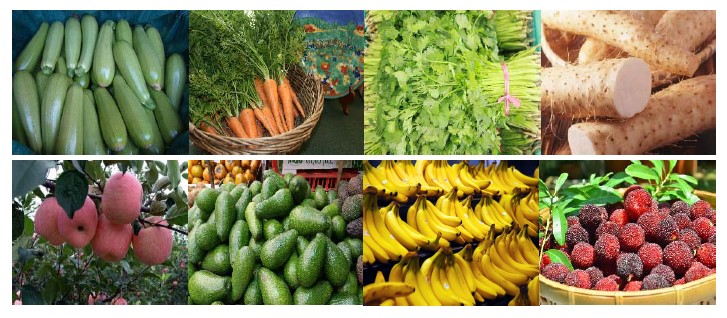Recently, two papers, “DualNet: Learn Complementary Features for Image Recognition” and “VegFru: A Domain-Specific Dataset for Fine-grained Visual Categorization”, from Saihui Hou are accepted by IEEE Conference on Computer Vision (ICCV 2017), which is one of the top conference for computer vision.
DualNet: Learn Complementary Features for Image Recognition

Abstract: In this work we propose a novel framework named DualNet aiming at learning more accurate representation for image recognition. Here two parallel neural networks are coordinated to learn complementary features and thus a wider network is constructed. Specifically, we logically divide an end-to-end deep convolutional neural network into two functional parts, \ie, feature extractor and image classifier. The extractors of two subnetworks are placed side by side, which exactly form the feature extractor of DualNet. Then the two-stream features are aggregated to the final classifier for overall classification, while two auxiliary classifiers are appended behind the feature extractor of each subnetwork to make the separately learned features discriminative alone. The complementary constraint is imposed by weighting the three classifiers, which is indeed the key of DualNet. The corresponding training strategy is also proposed, consisting of iterative training and joint finetuning, to make the two subnetworks cooperate well with each other. Finally, DualNet based on the well-known CaffeNet, VGGNet, NIN and ResNet are thoroughly investigated and experimentally evaluated on multiple datasets including CIFAR-100, Stanford Dogs and UEC FOOD-100. The results demonstrate that DualNet can really help learn more accurate image representation, and thus result in higher accuracy for recognition. In particular, the performance on CIFAR-100 is state-of-the-art compared to the recent works.
VegFru: A Domain-Specific Dataset for Fine-grained Visual Categorization

Abstract: In this paper, we propose a novel domain-specific dataset named VegFru for fine-grained visual categorization (FGVC). While the existing datasets for FGVC are mainly focused on animal breeds or man-made objects with limited labelled data, VegFru is a larger dataset consisting of vegetables and fruits which are closely associated with the daily life of everyone. Aiming at domestic cooking and food management, VegFru categorizes vegetables and fruits according to their eating characteristics, and each image contains at least one edible part of vegetables or fruits with the same cooking usage. Particularly, all the images are labelled hierarchically. The current version covers vegetables and fruits of 25 upper-level categories and 292 subordinate classes. And it contains more than 160,000 images in total and at least 200 images for each subordinate class. Accompanying the dataset, we also propose an effective framework called HybridNet to exploit the label hierarchy for FGVC. Specifically, multiple granularity features are first extracted by dealing with the hierarchical labels separately. And then they are fused through explicit operation, \eg, Compact Bilinear Pooling, to form a unified representation for the ultimate recognition. The experimental results on the novel VegFru and public FGVC-Aircraft indicate that HybridNet achieves state-of-the-art performance on these datasets.
